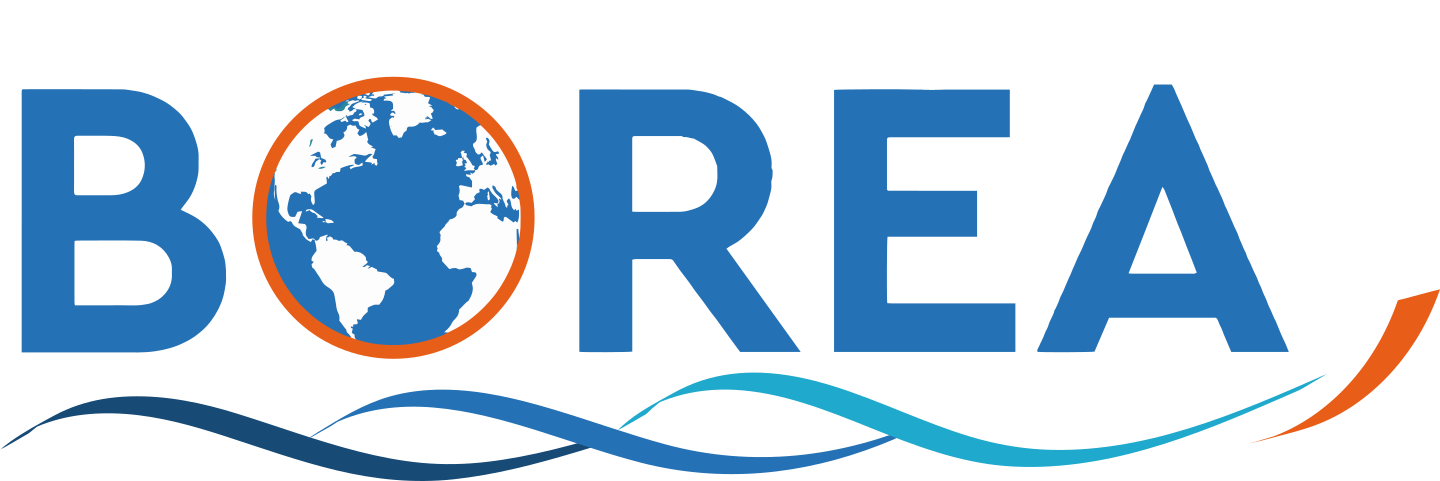Journal
Plankton food webs (PFW) typology is based on different categories of functioning, according to the dominant processes and the role played by heterotrophic bacteria, small vs large phytoplankton, and small vs large zooplankton. Investigating the structure and the function of planktonic food webs in two SW Mediterranean waters (inshore and marine sites) at four seasons, using inverse (LIM-MCMC) and ecological network (ENA) analyses, we identified a new type of food web, called the “bacterial multivorous food web”. This food web adds to the conventional trophic continuum as previously reported. The “bacterial multivorous food web” present in winter showed the lowest primary production among seasons, but highest bacterial production. Several food web ratios characterized this new typology e.g. picophytoplankton net primary production to total primary production varied from 0.20 to 0.28; bacterial to primary production ratio is higher than values reported in global scale (≅1); bacterial net production to the potential protozoan prey net production was high (>0.2). In this special food web, carbon was mostly recycled, with a moderate fraction channeled to deep waters, which lead to a higher retention of carbon inside the ecosystem. This winter PFW also seemed to be the most organized, specialized, stable and mature, as related to common interpretations of ENA. The spring was characterized by herbivorous food web, with highest activity coinciding with low stability. Although less usual, the herbivorous pathway was also observed during summer, in inshore waters. The autumn food webs, which functioned as multivorous or microbial food webs, appeared to be stable and mature. Finally, our study demonstrates the usefulness of food web models derived ratios combined with ecological network analysis indices to conduct evaluation of the structure and functioning of ecosystems and potentially to support management decisions in marine environment. © 2019

